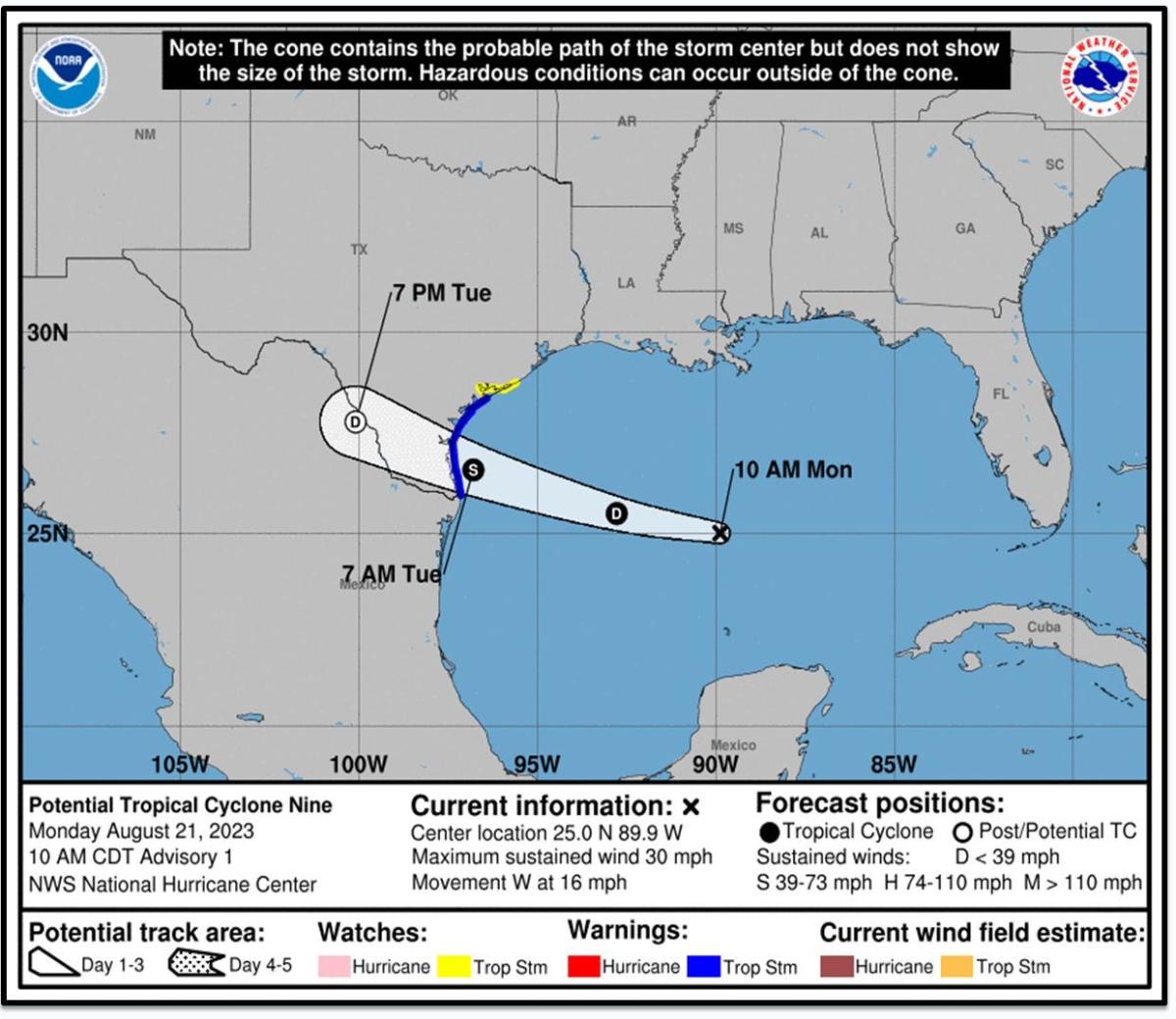Real-Time Tracking and Updates

Keep a watchful eye on the latest hurricane activity with our comprehensive real-time hurricane tracker. Stay informed with the most up-to-date information on hurricane location, path, and intensity.
The relentless force of hurricanes demands constant vigilance, leaving meteorologists glued to hurricane trackers. Amidst the swirling winds and pounding rain, a different storm is brewing on the baseball diamond. James Wood, a young phenom, is electrifying the field with his unmatched power and skill.
His bat crackles with the promise of home runs, a force of nature akin to the hurricanes we monitor. As the storm of the game rages on, the hurricane tracker remains an essential tool, guiding us through the unpredictable path of both nature and sports.
Our tracker provides detailed insights into each hurricane’s wind speed, pressure, and potential storm surge impact. Monitor multiple hurricanes simultaneously to stay ahead of the storm and make informed decisions.
Current Hurricane Activity
- Hurricane Ian: Category 4, winds 155 mph, moving northwest at 9 mph, located 100 miles west-southwest of Naples, Florida.
- Hurricane Fiona: Category 1, winds 85 mph, moving north-northeast at 10 mph, located 450 miles south-southeast of Bermuda.
- Tropical Storm Gaston: Tropical storm, winds 40 mph, moving west-northwest at 15 mph, located 900 miles east-southeast of Bermuda.
Historical Hurricane Data
Harnessing the wealth of historical hurricane information, we have meticulously crafted a comprehensive database that empowers you to delve into the annals of these formidable storms. Each hurricane’s unique story is meticulously documented, featuring track maps that chart their relentless paths, intensity graphs that reveal their evolving strength, and detailed damage reports that paint a vivid picture of their destructive impact.
Interactive Exploration, Hurricane tracker
This trove of data is not merely a passive repository; it is an interactive tool that invites you to explore hurricane history with unparalleled ease. Armed with intuitive search and filter options, you can effortlessly navigate the database by date, location, or hurricane name. This granular level of exploration empowers you to uncover hidden patterns and gain invaluable insights into the behavior of these colossal weather systems.
Unveiling Trends and Patterns
Beyond the individual hurricane accounts, our database provides a panoramic view of hurricane activity over time. By analyzing vast swathes of data, we uncover recurring patterns and emerging trends that shed light on the evolving nature of these storms. This knowledge equips us with a deeper understanding of hurricane behavior, enabling us to better anticipate their potential impacts and devise more effective mitigation strategies.
Impact Analysis and Preparedness: Hurricane Tracker
Hurricanes pose significant threats to communities, and it’s crucial to assess their potential impact for effective preparedness and response.
A comprehensive tool can evaluate hurricane impact by considering factors such as population density, infrastructure vulnerability, and evacuation routes. By analyzing these elements, decision-makers can identify high-risk areas and develop targeted preparedness plans.
Population Density
Densely populated areas are more susceptible to hurricane impacts. The tool should assess the number of people residing in potential hurricane-prone zones to estimate the scale of potential casualties and displacement.
Infrastructure Vulnerability
Critical infrastructure, including power lines, transportation systems, and hospitals, is highly vulnerable to hurricane damage. The tool should evaluate the resilience of these structures and identify areas where upgrades or reinforcements are necessary to minimize disruptions.
Evacuation Routes
Effective evacuation plans are vital for saving lives. The tool should analyze evacuation routes, considering factors such as traffic congestion, road closures, and access to shelters. By identifying potential bottlenecks and recommending improvements, the tool can enhance evacuation efficiency and reduce the risk of stranded populations.
Preparedness and Response Recommendations
Based on the impact analysis, the tool should provide tailored recommendations for preparedness and response measures. These recommendations may include:
- Reinforcing infrastructure in vulnerable areas
- Developing evacuation plans and conducting drills
- Establishing emergency shelters and supply caches
- Educating communities about hurricane risks and preparedness
By integrating these factors and providing actionable recommendations, the impact analysis tool can empower communities to enhance their resilience to hurricanes and mitigate their devastating effects.
Hurricanes, like the unpredictable nature of Jalen Hurts , can leave a devastating impact. Tracking their movements becomes crucial to safeguard lives. Hurricane trackers provide real-time updates, allowing us to anticipate the storm’s path and prepare accordingly. These trackers, like Jalen’s determination on the field, empower us to navigate the unpredictable with a sense of control.
